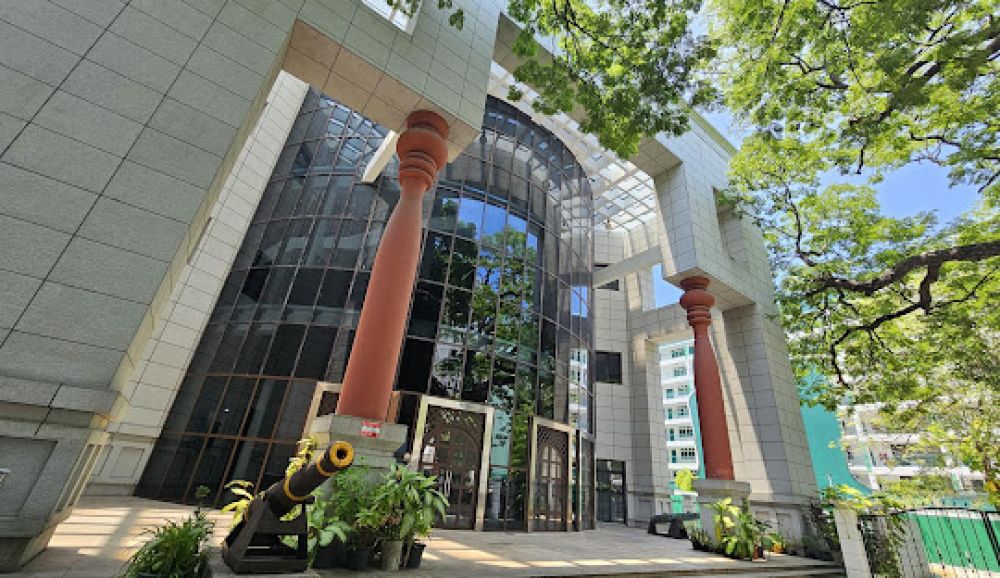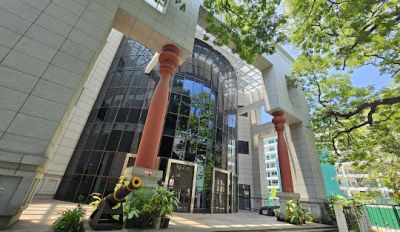

Delve into the rich history of Maldives with a guided tour of the National Museum of Maldives. The museum, housed in the Sultan Park area of Male, is a treasure trove of artifacts that highlight the heritage of the island nation. Visitors will be taken on a journey through time, exploring exhibits that showcase the sultanate era, including royal antiques, thrones, palanquins, and an impressive collection of well-preserved textiles and scripts. Artifacts from the pre-Islamic period, such as ancient coral stone carvings, also offer a glimpse into the Maldives' Buddhist past. The tour is both educational and engaging, making it ideal for history buffs and curious visitors alike.
Experience the vibrant culture of the Maldives with a cultural show at the National Museum. This immersive performance showcases traditional Maldivian music, dance, and attire. As drums beat and dancers move in colorful costumes, visitors will get a sense of the local customs and traditions that have been passed down through the generations. These performances also provide insights into the nation's seafaring history and the influences of nearby cultures. Watching a Maldivian cultural show is not just a feast for the eyes and ears but also a learning experience that captures the very essence of the archipelago's spirit.
The National Museum of Maldives regularly hosts photography exhibitions that display the natural beauty and cultural richness of the islands. These exhibitions feature the work of local and international photographers who have captured stunning images ranging from the turquoise hues of the Indian Ocean to the daily life of Maldivians. Visitors will be able to see photographic narratives that tell the stories of resilience, community, and the harmonious relationship between the Maldivians and their environment. These exhibitions not only highlight the talent of photographers but also offer a visually compelling way for the guests to deepen their appreciation of the Maldives.
The National Museum of Maldives provides an array of educational workshops aimed at engaging the young mind with the nation’s history and culture. These workshops are tailored for children, offering hands-on activities such as traditional crafting, storytelling, and interactive games. Through these educational experiences, children will learn about the Maldives' folklore, the significance of marine life to the local economy, and the importance of preserving the islands' natural and historical heritage. These workshops are not just educational but are crafted to be fun and memorable for the museum's younger visitors.
The museum hosts regular documentary screenings that explore various aspects of Maldivian history, culture, and ecology. These documentaries can range from in-depth looks into the nation's past political struggles, to the impact of climate change on its present and future. The screenings take place in a comfortable auditorium within the museum, providing visitors with an opportunity to learn more about the Maldives beyond the exhibits. Through expert commentary and captivating visuals, these films offer a narrative that complements the museum’s physical displays and provides a broader context for the country's historical and environmental challenges.
For visitors interested in linguistics or keen on learning new languages, the museum offers workshops on Dhivehi, the local language of the Maldives. Led by experienced instructors, these sessions provide a basic understanding of the language's unique script and common phrases useful for navigating the islands. Participants will practice pronunciation, learn essential vocabulary, and gain insight into the linguistic nuances that make Dhivehi distinct. These workshops are a great way to immerse oneself in the local culture and enhance the ability to communicate with the island's inhabitants.
Attend a fascinating presentation on the most recent archaeological findings in the Maldives at the National Museum. This lecture series often features archaeologists and historians discussing their latest digs and research on the Maldivian islands. Audience members will be treated to insights into pre-Islamic artifacts, ancient trade routes, and early settlements that shed light on the Maldives' history before it became a well-known tourist destination. The presentations are usually complemented by visual aids, including photographs, maps, and sometimes even real artifacts brought in for the event.
The museum invites artisans from around the country to demonstrate Maldivian traditional crafts such as lacquer work, mat weaving, or dhoni (traditional boat) making. Visitors have the opportunity to observe these skilled craftsmen at work, learn about the techniques and materials used, and even try their hand at creating something themselves. These demonstrations not only preserve and celebrate the unique traditions of Maldivian craftsmanship but also allow for the exchange of knowledge between the artisans and the audience, thus ensuring that these age-old techniques are kept alive.
For those passionate about history, the museum organizes a series of lectures covering various topics related to the Maldives' rich past. Speakers include local and international historians, researchers, and scholars who share their in-depth knowledge on subjects such as the ancient maritime trade, the colonial impact on the Maldives, and the evolution of governance in the archipelago. These lectures provide a deeper understanding of the forces that have shaped the nation and are ideal for visitors who wish to complement their exhibit viewing with scholarly insight.
The National Museum of Maldives frequently hosts special exhibitions and temporary installations that focus on specific themes, anniversaries, or noteworthy events in Maldivian history. These exhibits offer a dynamic and detailed look at topics that might not be included in the permanent displays. They might feature anything from the work of a particular artist to explorations of a significant historical event. Special exhibits provide an opportunity for visitors to experience something new and timely and often involve collaborations with other cultural institutions or international museums.
